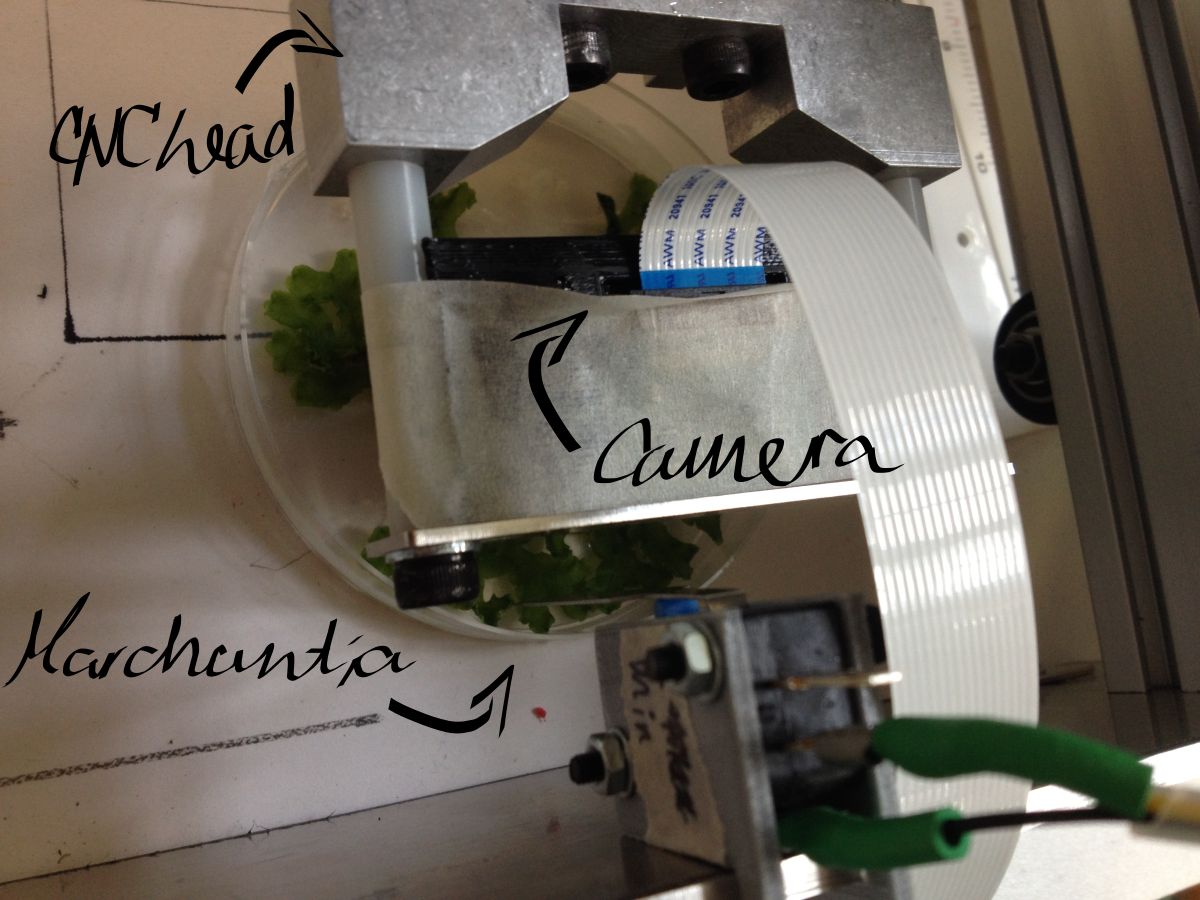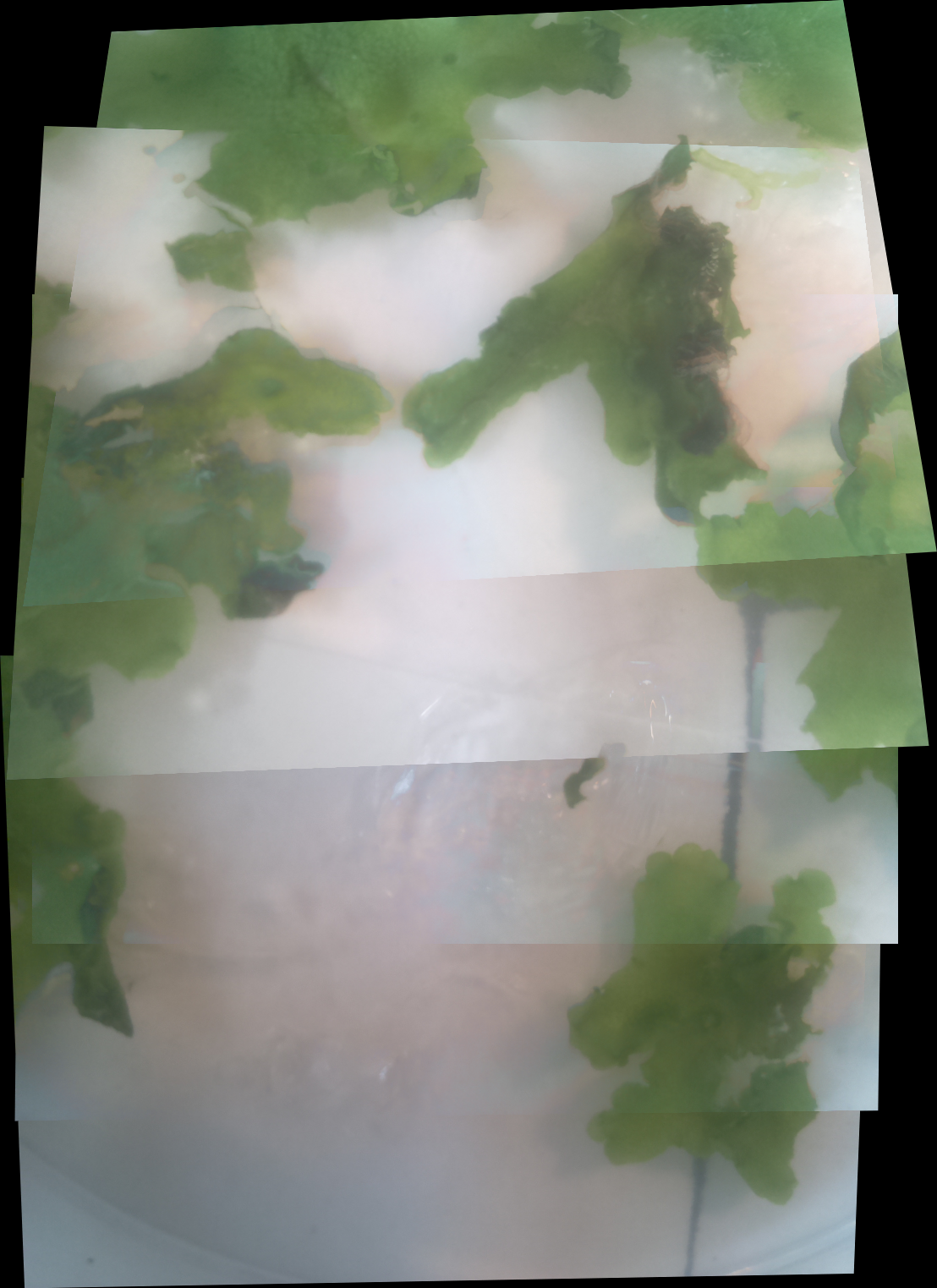Difference between revisions of "Team:Cambridge-JIC/Stretch Goals"
Simonhkswan (Talk | contribs) m (centered) |
|||
| Line 37: | Line 37: | ||
</ul> | </ul> | ||
<p>This approach significantly reduces the number of images and time required to cover a whole plate. When image recognition software is implemented, it is possible to label areas of interest within the whole sample field. These specific areas can then be imaged by the microscope head attachment independently.</p> | <p>This approach significantly reduces the number of images and time required to cover a whole plate. When image recognition software is implemented, it is possible to label areas of interest within the whole sample field. These specific areas can then be imaged by the microscope head attachment independently.</p> | ||
| + | |||
| + | <h3>Software Architecture</h3> | ||
| + | <p>We began to develop some python libraries to automatically manage this process. </p> | ||
| + | <img src="https://static.igem.org/mediawiki/2015/a/a2/CamJIC-Diagram-LabInCNC.png" style="float:right; height: 250px;" /> | ||
| + | |||
<h3>Proof of Concept (Experiment)</h3> | <h3>Proof of Concept (Experiment)</h3> | ||
<p>Macroscopic imaging of a Petri dish containing mature <i>Marchantia</i> samples was carried out. Images were captured manually through the Webshell during 1-2 minutes of operation. A Raspberry Pi camera was fixed to the CNC (in our case a Shapeoko v1, 150GBP second-hand) with a 3D-printed static mount. The motorised z-axis driven by the python program allowed for focusing of the sample. Seven images were successfully stitched, in a remarkable stitching time of 1.5sec. It is notable that the stitching algorithm copes well even with frames which are rotated at a small angle relative to each other. | <p>Macroscopic imaging of a Petri dish containing mature <i>Marchantia</i> samples was carried out. Images were captured manually through the Webshell during 1-2 minutes of operation. A Raspberry Pi camera was fixed to the CNC (in our case a Shapeoko v1, 150GBP second-hand) with a 3D-printed static mount. The motorised z-axis driven by the python program allowed for focusing of the sample. Seven images were successfully stitched, in a remarkable stitching time of 1.5sec. It is notable that the stitching algorithm copes well even with frames which are rotated at a small angle relative to each other. | ||
Revision as of 14:58, 18 September 2015
 To integrate OpenScope onto a desktop translation system (CNC), such as the
To integrate OpenScope onto a desktop translation system (CNC), such as the 












